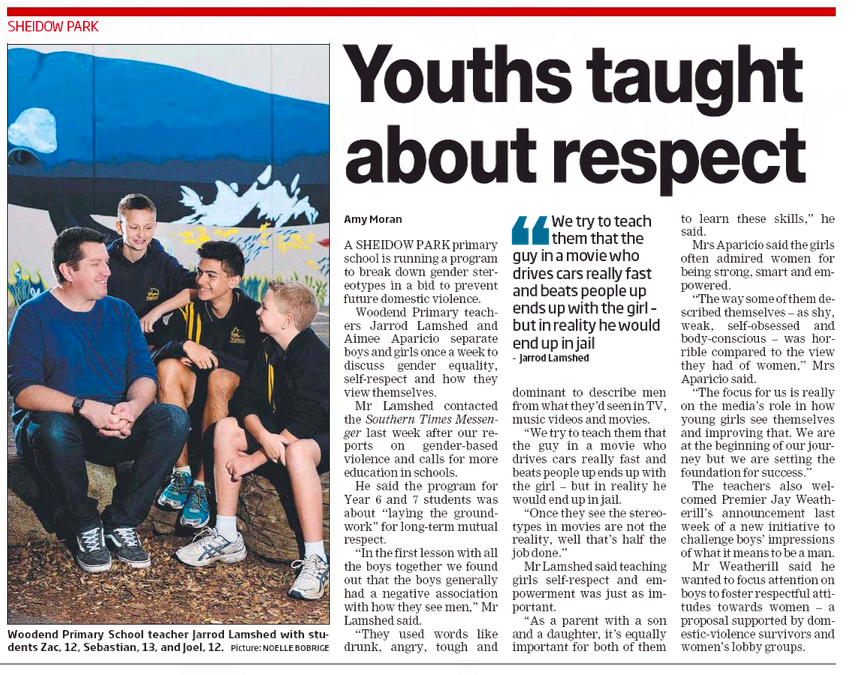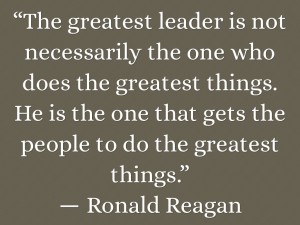Connected Classroom – Twitter
One of my ‘back to basics’ this year is harnessing the power of Twitter in both my and my students learning. This is something that has taken a back seat to the ‘busy list’ over the last year or so. Re-establishing this as a part of my routine has added immediate value to both my professional learning and learning in my classroom.
When we talk about ‘new basics’ in education, facilitating a connected classroom has to be one of these. Keeping a class Twitter account open in a browser tab on the screen in our class adds a layer of depth to the learning opportunities we create. A simple thing like our shared class novel becomes a whole different experience when we can have access to the author to interact with as we read. This term we are reading ‘Refugee’ from the ‘My Australian Story’ series, written by Alan Sunderland. One tweet from our class account connected us with Mr Sunderland who has offered to answer questions from students as we make our way through the novel.
@Room17Woodend That’s great to hear. Hope you enjoy it and feel free to contact me with any questions or comments.
— Alan Sunderland (@asunderland) February 20, 2017
Another common experience in Australian classrooms is ‘Behind the News‘. With a class Twitter account, this moves from a ‘viewing’ experience to an interactive learning experience where our students develop questions to ask of expert reporters on a weekly basis. This transforms the learning and allows students to see connections to their world.
For me professionally, being back in the Twittersphere keeps me on my toes. Feeling accountable to someone keeps me blogging regularly which I know helps to solidify my thinking. It keeps me in regular touch with creative thinking about education and it gives me a much broader learning network to bounce ideas around with.
@jlamshed @pkcc1 Once a week buddy…minimum. Schedule it in your calendar and ping me each time 🙂 #accountability
— George Couros (@gcouros) February 15, 2017








Recent Comments